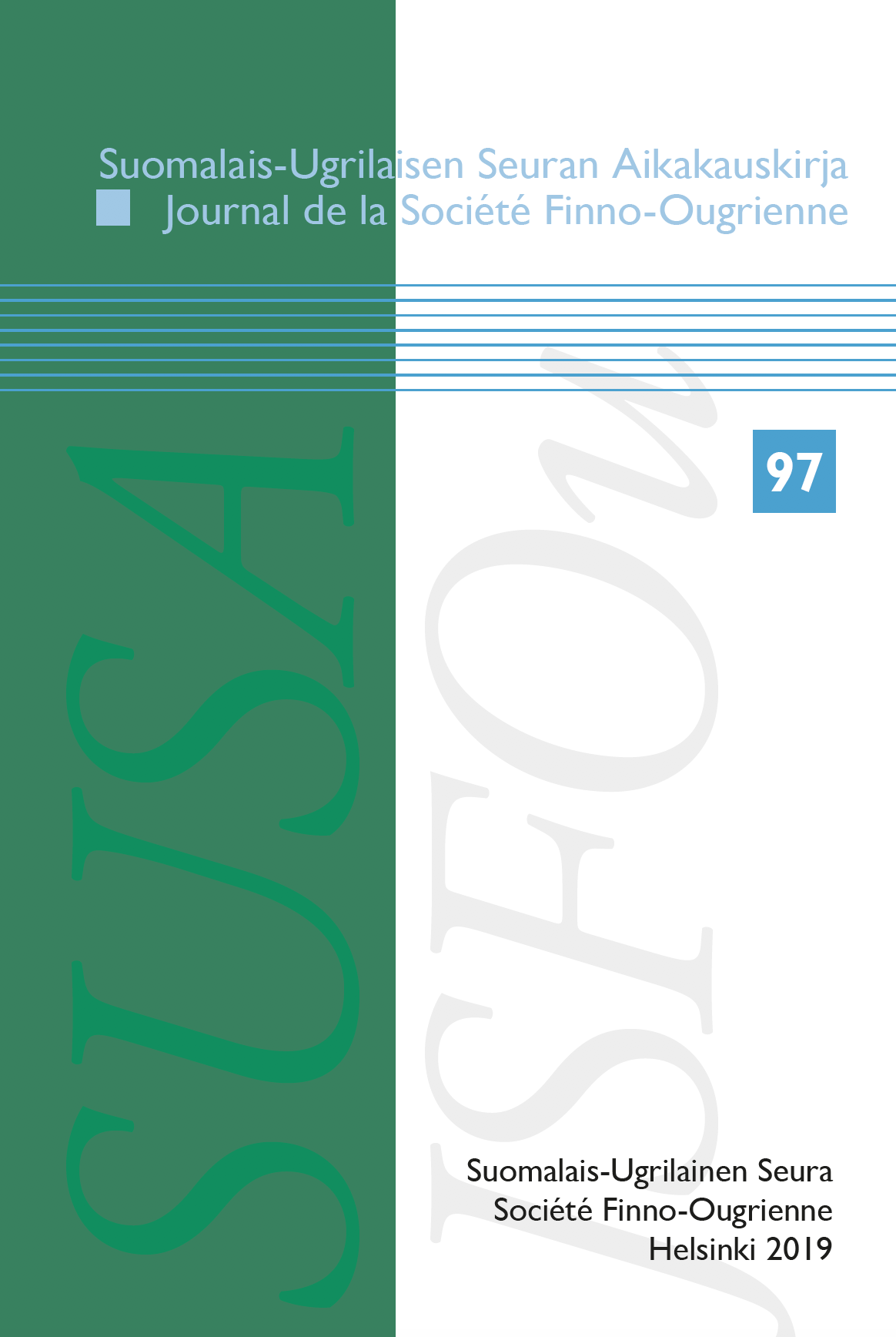Predicative possession in the Novgorod Birch Bark documents in the Ural-Altaic context
DOI:
https://doi.org/10.33340/susa.74592Abstract
This paper discusses predicative possessive constructions in the East Slavic languages, with a particular focus on the Old Novgorod Slavic dialect, in connection to the neighbouring Ural-Altaic languages. An areal-typological investigation shows that the East Slavic languages prefer the use of a locational possessive (mihi est), while the rest of Slavic and Europe’s Indo-European languages primarily use a have-possessive (habeo). Serving as primary data for this study, the dialect written in the Novgorod Birch Bark documents confirms a preference of the locational possessive over the have -possessive. The current study also evaluates three hypotheses on the origin of the East Slavic locational possessive, proposed in earlier studies: 1) a Uralic substrate, 2) a Slavic archaism and 3) a Northern Eurasian areal pattern. Given the typological survey as well as the empirical and historical comparative investigation, the locational possessive can be considered a preferred areal pattern across Northern Eurasia. Being a part of the macro contact zone of Northern Eurasia, the choice of locational possessive in the East Slavic languages is reinforced by the areal diffusion, especially from the close neighbouring languages, Uralic and Turkic.Downloads
Published
2019-05-02
How to Cite
Yurayong, C. (2019). Predicative possession in the Novgorod Birch Bark documents in the Ural-Altaic context. Suomalais-Ugrilaisen Seuran Aikakauskirja, 2019(97), 183–233. https://doi.org/10.33340/susa.74592
Issue
Section
Articles





